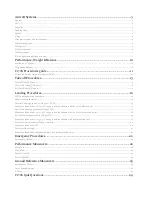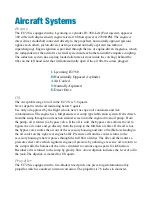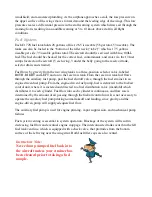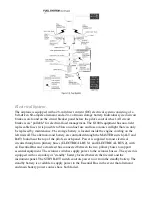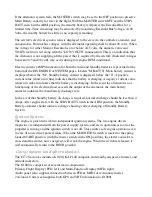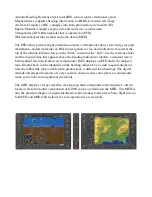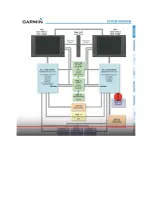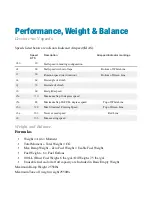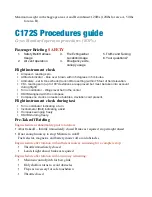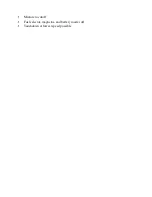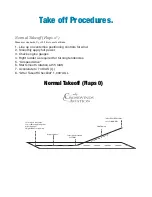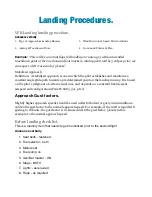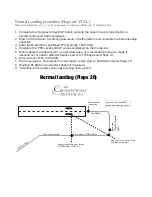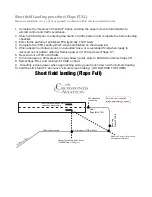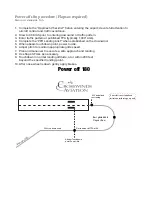
windshield, and associated plumbing. As the airplane approaches a stall, the low pressure on
the upper surface of the wings moves forward around the leading edge of the wings. This low
pressure creates a differential pressure in the stall warning system which draws air through the
warning horn, resulting in an audible warning at 5 to 10 knots above stall in all flight
conditions.
Fuel System.
Each C172S fuel tank holds 28 gallons of fuel, 26.5 is useable (56 gal total, 53 useable). The
tanks can also be fueled to the “bottom of the filler neck (“tabs”)” which is 17.5 gallons
useable per side, 35 useable gallons total. The aircraft should be serviced with blue, 100LL
fuel. The fuel should be checked for the correct fuel, contaminants, and water via the 13 fuel
sumps located on the aircraft (5 each wing, 3 under the belly going to the reservoir tank,
selector drain, and strainer).
Fuel flows by gravity from the two wing tanks to a three-position selector valve, labeled
BOTH, RIGHT and LEFT and on to the reservoir tank. From the reservoir tank fuel flows
through the auxiliary fuel pump, past the fuel shutoff valve, through the fuel strainer to an
engine driven fuel pump. From the engine-driven fuel pump, fuel is delivered to the fuel/air
control unit, where it is metered and directed to a fuel distribution valve (manifold) which
distributes it to each cylinder. Fuel flow into each cylinder is continuous, and flow rate is
determined by the amount of air passing through the fuel/air control unit. It is not necessary to
operate the auxiliary fuel pump during normal takeoff and landing, since gravity and the
engine-driven pump will supply adequate fuel flow.
The auxiliary fuel pump is used for engine priming, vapor suppression, and mechanical pump
failures.
Fuel system venting is essential to system operation. Blockage of the system will result in
decreasing fuel flow and eventual engine stoppage. The interconnected tanks vent thru the left
fuel tank vent line, which is equipped with a check valve, that protrudes from the bottom
surface of the left wing near the wing strut. Both fuel filler caps are also vented.
Instructors Note:
Never dump sumped fuel back into
the aircraft unless your strainer has
been cleaned prior to taking a fuel
sample.
Summary of Contents for C172S Nav III
Page 1: ...C172S Nav III Training Manual Crosswinds Aviation 1st Edition...
Page 9: ......
Page 28: ......
Page 31: ...B False...


